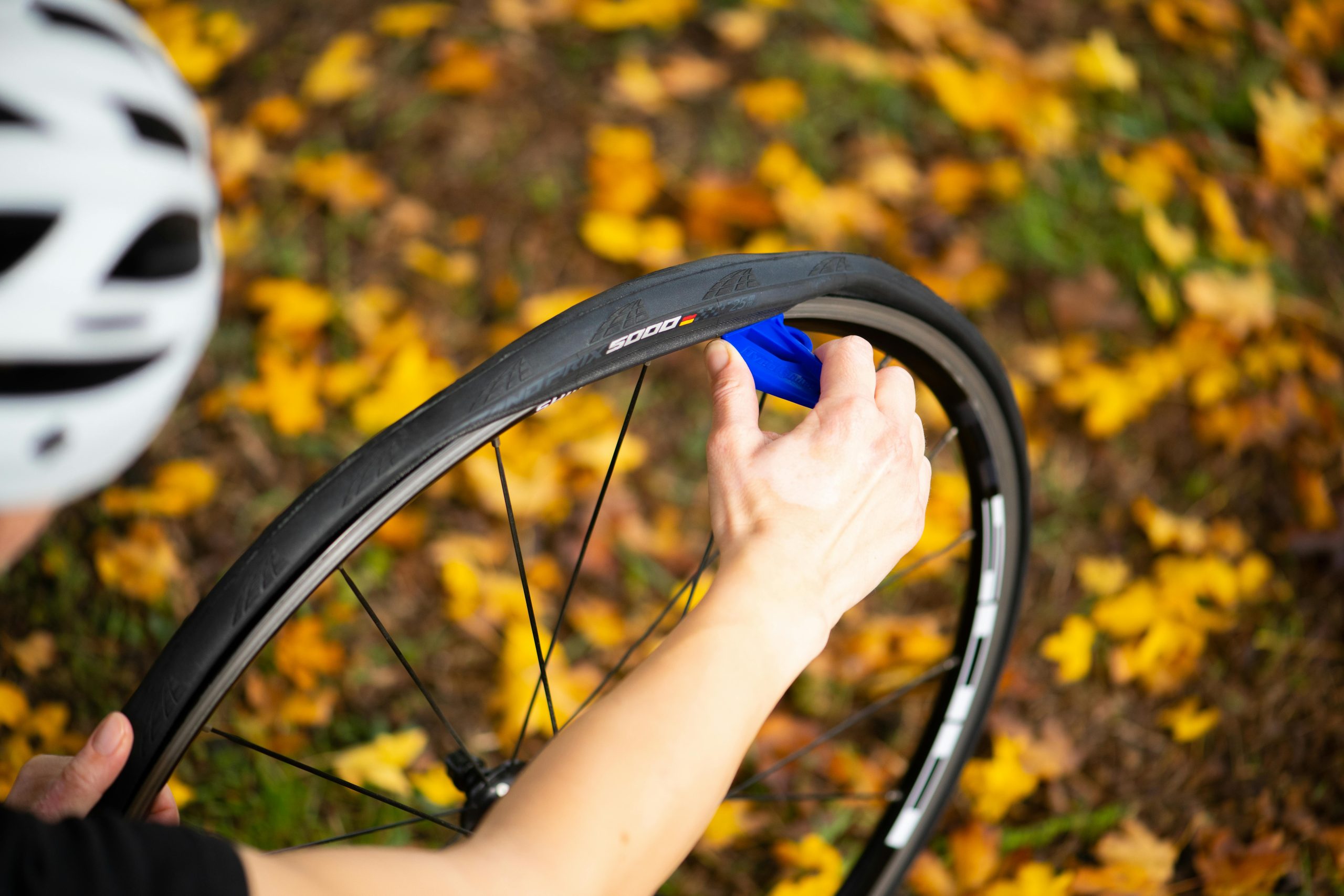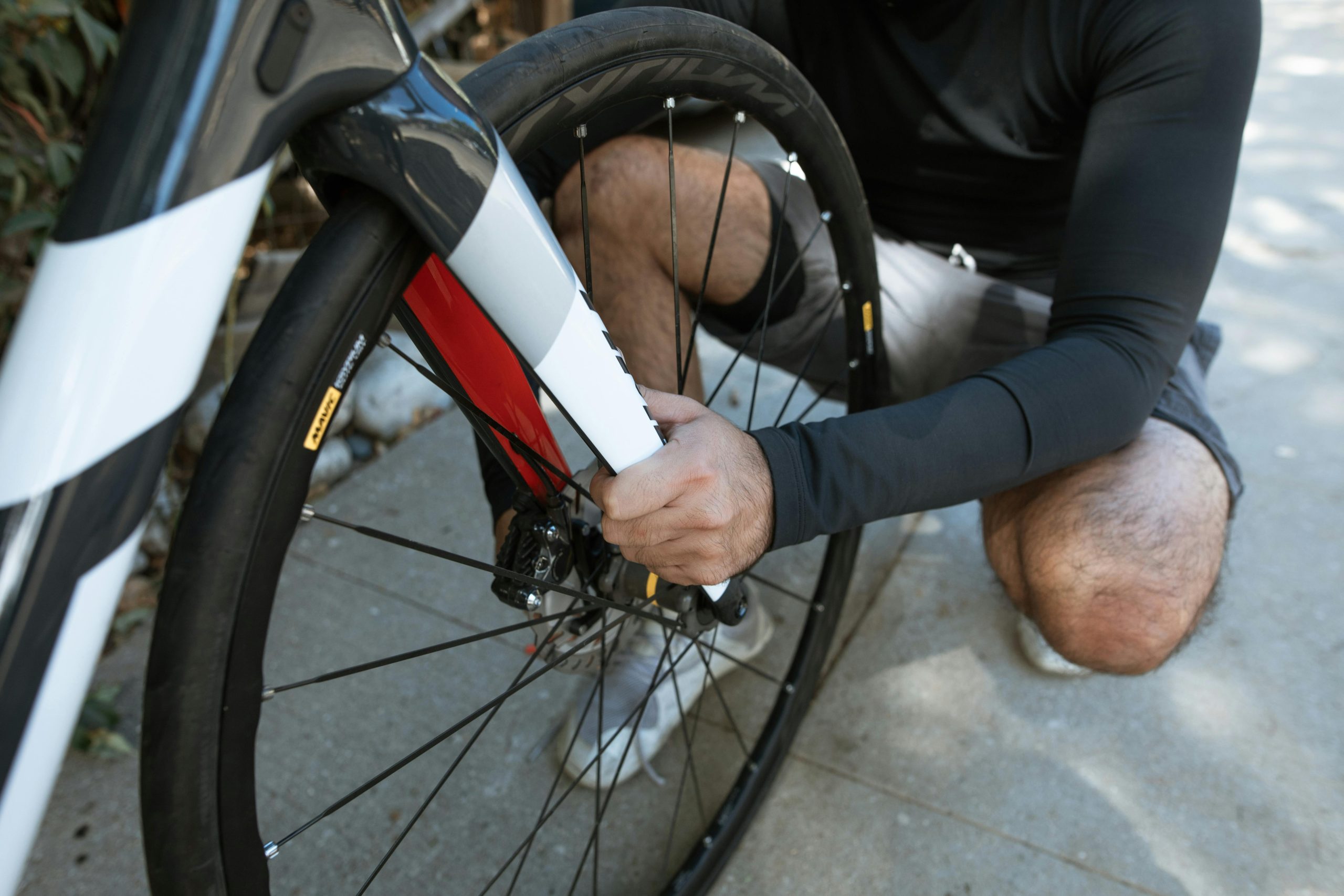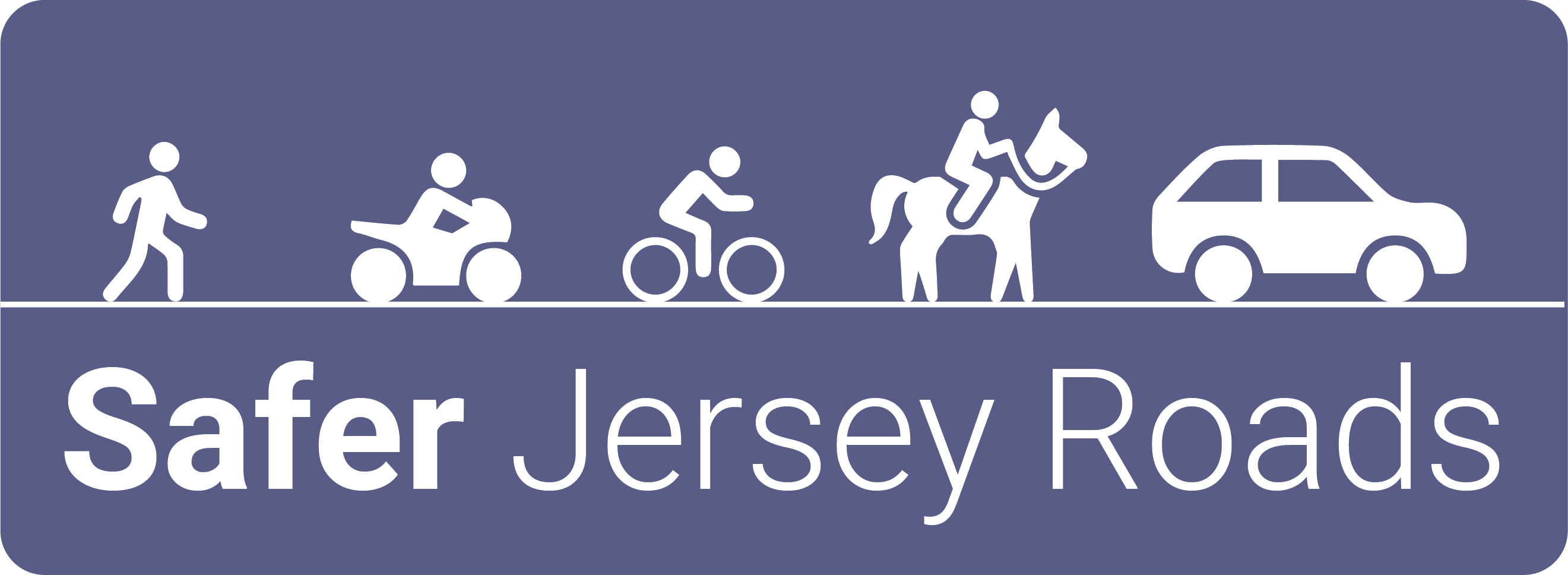Cycling Safety
Whether you’re a daily commuter, a weekend enthusiast, or somewhere in between, understanding and implementing proper cycling safety is crucial for everyone on two wheels.
On this page, you will find bike maintenance tips, essential cycling safety tips, and Jersey’s cycling law.
Bicycle Maintenance Tips
Keeping your bike in top condition is essential for a safe and enjoyable ride. Regular maintenance not only extends the lifespan of your bike but also ensures it performs reliably on every journey. Whether you’re new to cycling or an experienced rider, these tips will help you maintain your bike’s safety, efficiency, and comfort.
- Pre-Ride Check: Before each ride, ensure your brakes are responsive, tires are properly inflated, and all nuts and bolts are tightly secured.
- Annual Professional Inspection: Have a professional mechanic inspect your bike once a year, or more often if you’re a frequent rider.
- Chain and Gears: Regularly apply bike-specific lubricant to the chain and gears to ensure smooth operation and prevent rust.
- Cleaning: Clean your bike regularly to remove dirt and grime, especially from moving parts and braking surfaces.
- Saddle and Handlebars: Adjust the height and position for comfort and control, ensuring the saddle allows you to pedal efficiently and the handlebars are at a comfortable reach.
- Wheel Truing: Check your wheels periodically to ensure they are true (properly aligned). This is crucial for safe handling.
- Brake Check: Inspect brake pads for wear and replace them if necessary. Check brake cables for fraying or rust and replace them as needed.
- Gear Cables: Regularly inspect gear cables for signs of wear and replace them to maintain smooth shifting.
- Pressure and Condition: Regularly check tire pressure and adjust according to your bike’s specifications. Inspect tires for wear or damage and replace them if they’re worn out.
- Pre-Ride Check: Before each ride, ensure your brakes are responsive, tires are properly inflated, and all nuts and bolts are tightly secured.
- Annual Professional Inspection: Have a professional mechanic inspect your bike once a year, or more often if you’re a frequent rider.
- Chain and Gears: Regularly apply bike-specific lubricant to the chain and gears to ensure smooth operation and prevent rust.
- Cleaning: Clean your bike regularly to remove dirt and grime, especially from moving parts and braking surfaces.
- Saddle and Handlebars: Adjust the height and position for comfort and control, ensuring the saddle allows you to pedal efficiently and the handlebars are at a comfortable reach.
- Wheel Truing: Check your wheels periodically to ensure they are true (properly aligned). This is crucial for safe handling.
- Brake Check: Inspect brake pads for wear and replace them if necessary. Check brake cables for fraying or rust and replace them as needed.
- Gear Cables: Regularly inspect gear cables for signs of wear and replace them to maintain smooth shifting.
- Pressure and Condition: Regularly check tire pressure and adjust according to your bike’s specifications. Inspect tires for wear or damage and replace them if they’re worn out.


Essential Tips from the Government’s THINK! Campaign
- Stay Alert: Constantly observe your surroundings to gauge the distance and actions of others around you. Look out for potential hazards regularly to stay safe.
- Optimal Positioning: Maintain a safe distance from the curb—typically just over 1.5 feet—and adjust this based on road speed and traffic conditions. On quieter streets or in slow-moving traffic, it’s often safer to ride in the middle of your lane. When at junctions without specific cycling facilities, position yourself prominently within the lane to enhance your visibility and prevent unsafe overtaking. Remember, when cycling in groups or with less experienced riders, riding two abreast can make you more visible.
- Communicate Clearly: Always signal your intentions to other road users and make eye contact when possible. This clear communication helps ensure others are aware of your movements.
- Understand Road Priorities: Always give way to pedestrians at junctions and remember that when you're cycling straight at a junction, you typically have priority over turning vehicles, unless indicated otherwise by road signs. Be cautious when passing stopped or slow-moving traffic, as drivers may not see you.
- Preparation is Key: Use appropriate lights in poor visibility and after dark. Wear light-coloured or fluorescent clothing to stand out during the day and reflective gear at night. Avoid loose clothing that could get caught in your bike's moving parts. Ensure your helmet is well-fitted, securely fastened, and meets current safety standards.
Source: Cycle Safety – THINK!
Jersey Law
It’s essential to familiarise yourself with Jersey’s cycling laws when riding on the island. Here are some of the key laws to keep in mind:
- You must follow the rules and obey all traffic signs as set out in the Jersey Highway Code
- You are not allowed to ride on pavements in Jersey unless it is signed you can do this
- You must have a bell on your bike by Law in Jersey
- After dark your bicycle must have a white light at the front, a red light at the back, a red reflector at the back and pedal reflectors
- Cyclists under 14 years of age must wear a cycle helmet in Jersey
- You cannot give someone a lift on your bike. Unless it's designed for 2 people, such as a tandem bike
- You cannot ride an electric bike until you are aged 14 or over
- The motor on an electric bike should not be able to propel you at more than 15 miles per hour.
